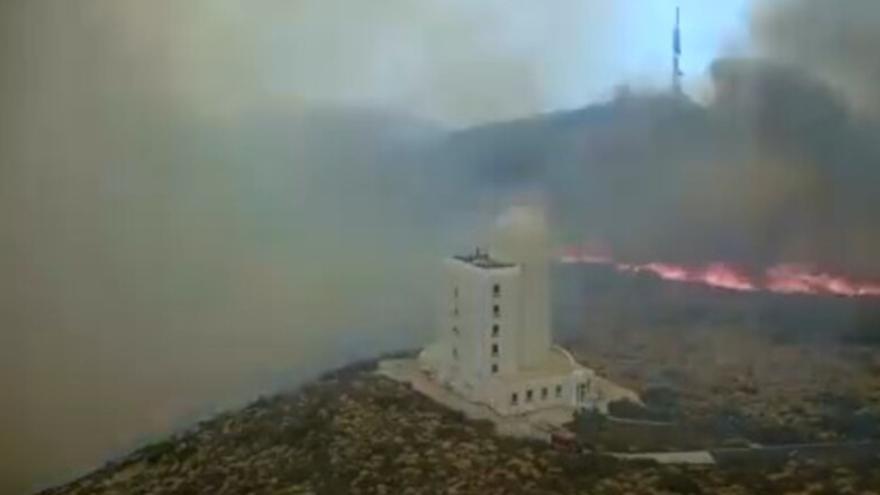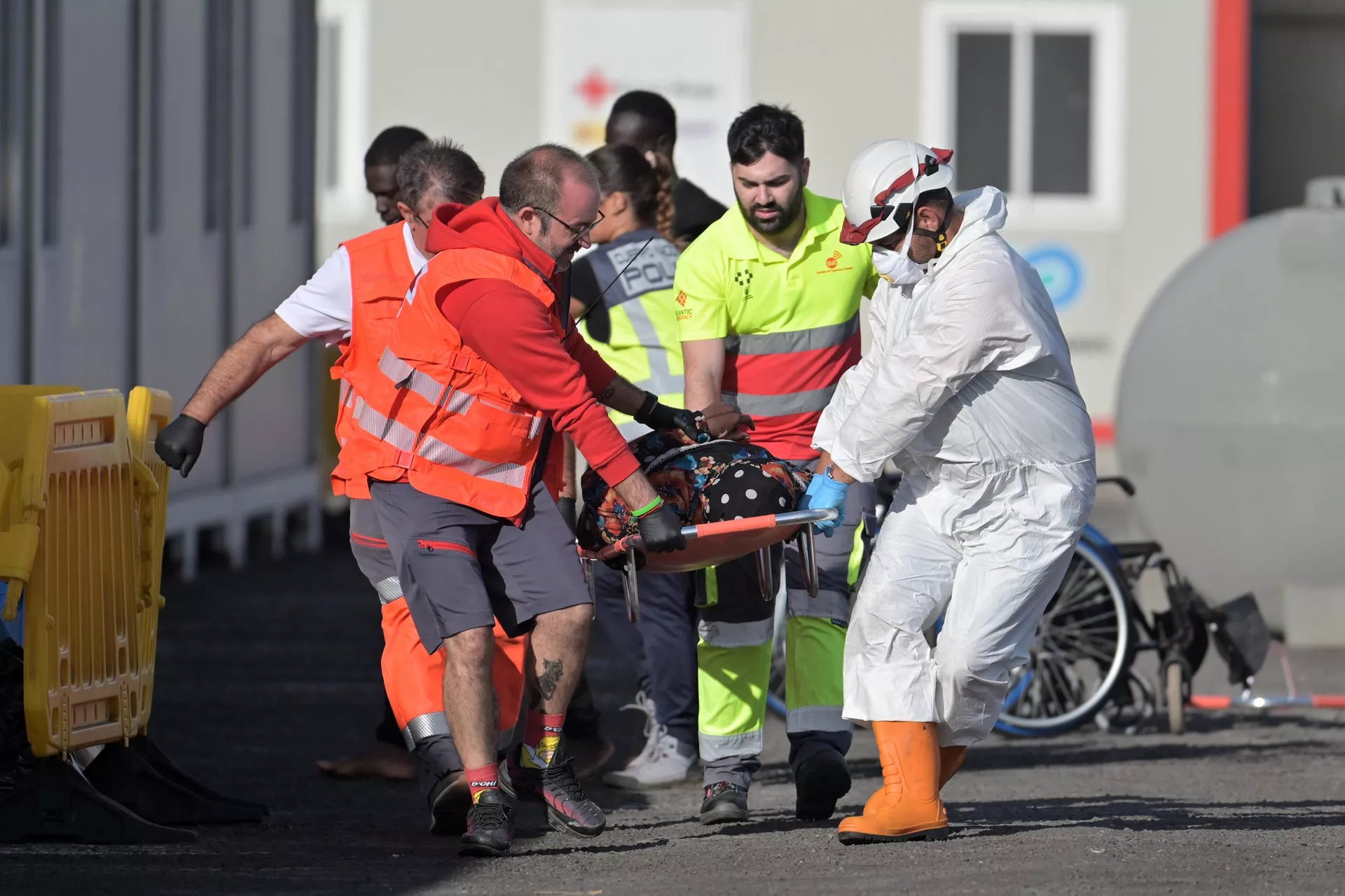
The early morning of August 21 saw one of the most critical days of the forest fire in Tenerife given that the flames were advancing, in the Izaña area, towards the observatories of the Astrophysical Institute of Canary Islands (IAC) and the Spanish Meteorology Agency (Aemet), “critical” infrastructures of the State that They managed to save themselves thanks to the action of the Military Emergency Unit (UME) and the extinction services.
This is what the captain explained to the media this Thursday. Rafael San José, from the Natural Emergencies Intervention Companywho has pointed out that with a “battalion” of 20 soldiers plus the support of the EIRIF and Brifor extinction teams and the “direct attack” with water from the helicopters, the facilities were defended.
One of the keys was to place a portable swimming pool in Izaña, with a capacity of 12,000 liters, which allowed the loading times of the helicopters to be reduced from nine to three minutes and multiply their activity by three.in some “very complicated” days because the wind was “changeable” and the flames exceeded “seven and eight meters high.”
More than 200 troops
San José, who has appeared before the media alongside the acting Minister of Defense, Margaret Robleshas pointed out that The UME mobilized 205 troops plus another 50 resources including fire engines, nurseries and drones to the fire.
Has said that The work in the Izaña area lasted almost 24 hours and had a second phase in which the advance of the fire towards the municipality of Fasnia was contained.given the danger that it would come into contact with the forest crown in Arico.
“There was low, very dry brush, which favored the advance of the front at high speed with high intensity,” recalls the captain.
Robles has flown over the affected areas with the Chief of Staff of the Army (JEME), Army General Amador Enseñat, and the head of the UME, Division General Javier Marcos, and has thanked “the work that the UME has done and its coordination work with the extinction teams”, among which were also the seaplanes of the 43rd Group of the Air and Space Army.
Likewise, he has valued “the work of the Government of the Canary Islands“, highlighting that “when there is a tragedy” of this type, all administrations are united “and there are no political colors, there is work, efficiency and professionalism of these magnificent teams.”
“Attitude and ability to win”
General Marcos, who took office on August 16 with the order to act in the Tenerife fire, has confessed to being “impressed by the preparation and way of acting of the men and women of the UME“It is a unit that is permanently in operations like those abroad and always has an attitude and ability to win.”
Robles has been able have an overview of the burned areas in the national park Teide and the Forest Crownon a visit that also included the head of the Canary Islands Command, Lieutenant General Julio Salom, and the subdelegate of the Government in Santa Cruz de Tenerife, Jesús Plata.
The minister has expressly thanked “the collaboration always with the UME of the Army”, which in this fire has provided support with two tanker vehicles to facilitate the hydration of the extinguishing services.
Totalthe UME has 162 soldiers stationed in the Canary Islands, 82 of them in the Gando detachment (Gran Canaria) and 80 in Los Rodeos.
Robles has also gone to the Los Rodeos Barracks, which has been supporting the UME and helping the civil authorities during the fire, where she has been received by the head of the ‘Canarias XVI’ Brigade, Brigadier General Ricardo Esteban, and other military commanders.
Already in the barracks, General Salom has thanked the minister for the visit and has stressed that the personnel are the “main asset” of the army, collects a note from the Ministry.
The 93rd Field Artillery Regiment, a Maneuver Helicopter Battalion (BHELMA VI) and a detachment from the Natural Emergencies Intervention Unit (UIEM ‘Canarias’) are located in Los Rodeos.
The chief colonel of the Artillery Regiment (RACA 93), José Luis Heredero, has explained that They currently participate in various stages “in Latvia, Estonia, Türkiye and Lithuania” and that for the artillerymen it is “a good professional moment”, to which Minister Robles has agreed, emphasizing that “in the Baltic countries, anti-aircraft artillery is essential as a consequence of the war in Ukraine.”
Robles and the JEME have thanked the quartering units for “the spirit of sacrifice and work” that they do every day and with a great “closeness” to the citizenry that makes “the Spanish feel proud of their Army, and they are an important part of the Spain Brand”.















